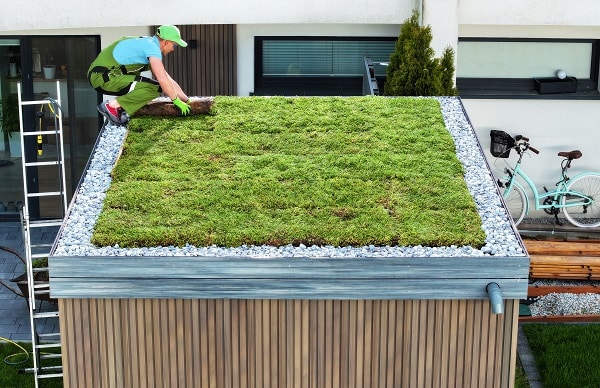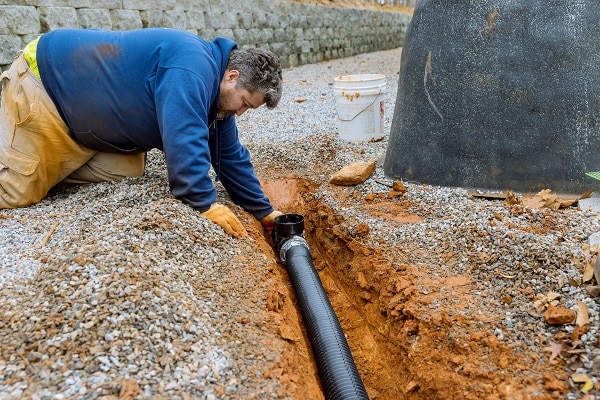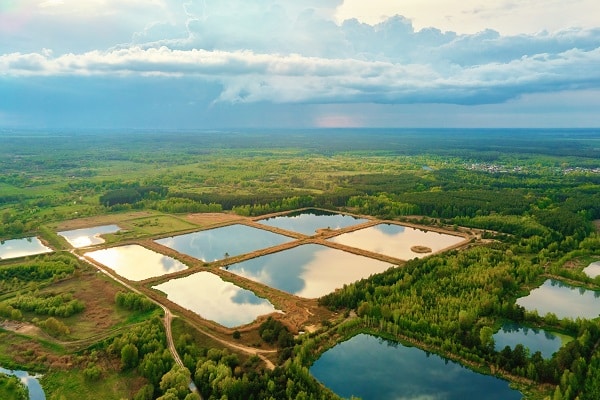Rainwater, a vital natural resource, is often overlooked in the context of residential water use. With the escalating global water crisis and growing environmental concerns, rainwater harvesting stands as a sustainable and efficient solution to these issues. By harvesting rainwater, you not only make responsible use of a free, natural resource but also reduce your reliance on municipal water supplies, leading to considerable savings on water bills. This article delves into some innovative rainwater harvesting methods that are both practical and effective for use in your home.
Contents
Unraveling The Benefits Of Rainwater Harvesting

Rainwater harvesting is not a novel concept; it has been practiced for centuries across various cultures worldwide. Today, it is experiencing a resurgence due to its array of benefits. Firstly, it contributes significantly to water conservation, a critical need given the increasing water scarcity in many parts of the world. By storing and using rainwater, you decrease your demand on municipal water, easing pressure on these resources. Furthermore, the use of harvested rainwater can reduce erosion and flooding caused by stormwater runoff, particularly in urban areas with significant impervious surfaces.
From a financial perspective, rainwater harvesting can lead to substantial cost savings. As you depend less on the municipal water supply, you’ll notice a marked reduction in your water bills. Moreover, rainwater is naturally soft, meaning it can potentially extend the lifespan of household appliances. This results in reduced expenses related to appliance maintenance and replacement. Additionally, rainwater is excellent for irrigation purposes as it is free of chlorine and other chemicals present in municipal water, benefiting your garden while simultaneously saving water.
Exploring Innovative Rainwater Harvesting Methods
Traditional rainwater harvesting methods, while effective, may not fit the needs or aesthetics of every homeowner. In recent years, many new, innovative methods have emerged, providing alternatives that are both functional and visually pleasing. The concept remains the same – capturing, storing, and using rainwater – but the means of doing so have evolved, giving rise to diverse solutions that cater to various home setups and environmental conditions. Below you will find a few of the more innovative rainwater harvesting techniques.
Rainwater Gardens

Rainwater gardens offer a unique and aesthetically pleasing method to harvest rainwater. A rain garden is a shallow, landscaped depression planted with deep-rooted native plants and grasses. It’s designed to capture, absorb, and naturally, filter stormwater, reducing runoff and promoting groundwater recharge. In addition, a rain garden can add beauty and biodiversity to your landscape, attracting a variety of birds and butterflies.
Designing and installing a rain garden requires some planning. The size and location of the garden, the type of soil, and the selection of suitable plants all need careful consideration. A well-designed rain garden not only enhances your property’s appearance but also functions as a practical, self-sustaining rainwater harvesting system.
Green Roofs

Green roofs, or living roofs, represent another innovative method of harvesting rainwater. A green roof is a roof surface that is partially or completely covered with vegetation planted over a waterproofing membrane. It helps manage stormwater by reducing runoff, improving water quality, and storing water for the plants to use. This collected rainwater can also be harnessed and used for other purposes, making green roofs an efficient rainwater harvesting system.
The installation of a green roof requires professional expertise. The roof must be adequately waterproofed, the right type of vegetation must be selected, and proper maintenance must be ensured. With these considerations in place, a green roof can provide a significant source of rainwater, additional insulation, and an attractive, natural aesthetic for your home.
Underground Rainwater Tanks

Underground rainwater tanks are an innovative solution for homeowners with space constraints. These tanks are buried underground, making them invisible and saving valuable surface space. They can collect large volumes of rainwater, which you can use for various purposes, including flushing toilets, washing clothes, watering gardens, and, with appropriate treatment, drinking.
Installing an underground rainwater tank requires careful planning and professional assistance.
The site needs to be suitable for excavation and tank installation. Moreover, a pump is often required to extract the stored water. Despite the complexity of the installation, an underground tank’s benefits, such as ample storage capacity and space efficiency, make it a popular choice for urban homes.
Rain Chains

Rain chains are an aesthetically pleasing alternative to traditional downspouts. Originating from Japan, these chains guide the rainwater from the roof to the ground, which you can collect in a barrel or a basin. The sight and sound of water trickling down the chain can also add a tranquil element to your home’s exterior.
Rain chains are available in various designs and materials, allowing you to choose one that matches your home’s style. Installation is relatively simple, but you should be mindful of positioning the chain so that it effectively guides the water. While a rain chain may not collect as much water as a downspout, it does contribute to the overall rainwater harvesting system while enhancing your home’s aesthetic appeal.
Smart Rainwater Harvesting Systems

As technology evolves, so do rainwater harvesting methods. Smart rainwater harvesting systems use technology to monitor rainfall, water usage, and tank levels to optimize water collection and usage. These systems can divert water to where it’s needed most or store it for later use.
Installing a smart system requires an initial investment but can lead to significant water savings in the long run. It’s worth noting that these systems often need professional installation and may require ongoing maintenance. However, the convenience and efficiency of a smart rainwater harvesting system can make it an attractive option for tech-savvy homeowners.
Harvesting Ponds

Rainwater harvesting ponds can serve multiple purposes. Not only do they store rainwater, but they can also enhance the landscape, support wildlife, and even provide a recreational space. These ponds capture runoff from roofs or other hard surfaces, storing it for later use in irrigation or other non-potable needs.
Designing and installing a rainwater harvesting pond requires careful planning to ensure that you install the pond in an appropriate place, is the right size, and has suitable vegetation around it to support water purification. While the creation of a pond is a significant project, it can provide substantial rainwater storage and enhance your property’s aesthetic and ecological value.
Consider These Unique Rainwater Harvesting Methods!
Innovative rainwater harvesting methods offer homeowners an array of options for sustainable water management. These methods, from rain gardens and green roofs to smart systems and harvesting ponds, not only contribute to water conservation but also bring economic, environmental, and aesthetic benefits. By choosing a method that suits your home and lifestyle, you can play a part in addressing the global water crisis and promoting a more sustainable future!


